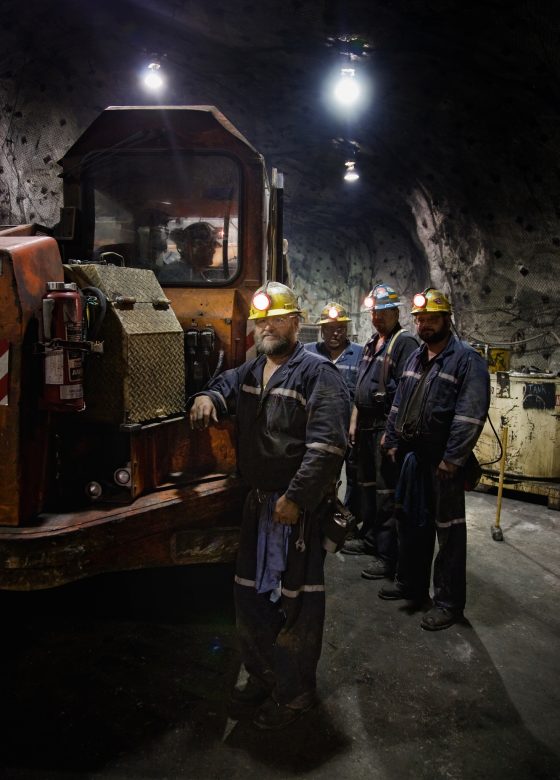Working underground presents a variety of health and safety risks—but recent advances in safety legislation and equipment have produced significant reductions in injuries in the mining industry. The key to maintaining worker health and safety lies in prevention. But when it comes to many mining sites, there are some issues getting in the way.
Inadequate management of hazards
Often the underground environment is unstable or harsh. The deeper mines go, the more dangerous it can be for workers to be conducting tasks. There is often limited oxygen flow, and there are challenges associated with leaving a deep mine should an emergency occur. Given the threat of hazards, it’s necessary to be hyper-vigilant.
This may include monitoring the ground for seismic activity, monitoring the air for adverse particles that may enter the lungs of workers, following strict prevention control programs (ground failure prevention, mine disaster prevention, traumatic injury prevention, etc.) and raising worker awareness about things like gas emissions—although unfortunately, this isn’t always done reliably.
Furthermore, workers must learn how to manage hazards when they come into contact with them. Increased safety training in regard to their vehicles, mobile equipment or chemical hazards, and knowledge of occupational disease and its consequences for things like whole body vibration and musculoskeletal injury prevention is required.
Inadequate use of PPE
When working in a mine, complying with PPE protocol is a must. Miner’s (black) lung, which occurs as a result of inhaling coal dust, is one of the most common concerns for miners. Even though measures to prevent this issue have legally been in place for years, dust control systems such as respiratory protection are only effective when regularly used by employees. With new cases of black lung continuing to surface among miners, more attention is required to this matter. Noise-induced hearing loss is another concern for miners. Comfortable and effective hearing protection should typically be provided when drilling, welding or other loud activities occur.
Hard hats that offer full head protection and visibility, and that are designed in a way that allows for air circulation, should always be worn where falling objects may be a problem. Protective eyewear is also important in an unstable space full of airborne particles. Finally, workers should utilize material handling equipment, or attach handles or holders to loads, when lifting heavy objects in the mine. When this equipment is disregarded or used inconsistently, workers put themselves at risk.
Human factors
Human error is a factor that affects safety in every industry, and miners can be especially prone to it. Worker fatigue is the most commonly identified human factor in the mining industry. Because mining is typically a 24/7 operation, fatigue is prevalent—and with the enormous hazards present in the mining industry, falling asleep on the job is not an option.
Complacency is another common human factor in mining but it is often difficult to trigger on. As workers become comfortable with their routine and their surroundings, there is more potential danger as their lack of alertness will prevent them from being focused on the hazards.
Because conditions in a mine can change rapidly, workers may find themselves rushing through tasks, which will increase their chance of making errors. Risk of making an error can also bring frustration—and seeing red in the mines does not make things rosy. Just as employees must be trained on their equipment to prevent hazards, so too should they be made aware of human factors that affect their ability to perform work safely at any point during their shift.
By creating a system for managing existing threats in the mining environment, enforcing PPE compliance, providing the correct safety apparatuses, and training employees on what they can do themselves to avoid human error, companies in the mining industry can address sector-specific issues and provide a safe working environment for employees.

